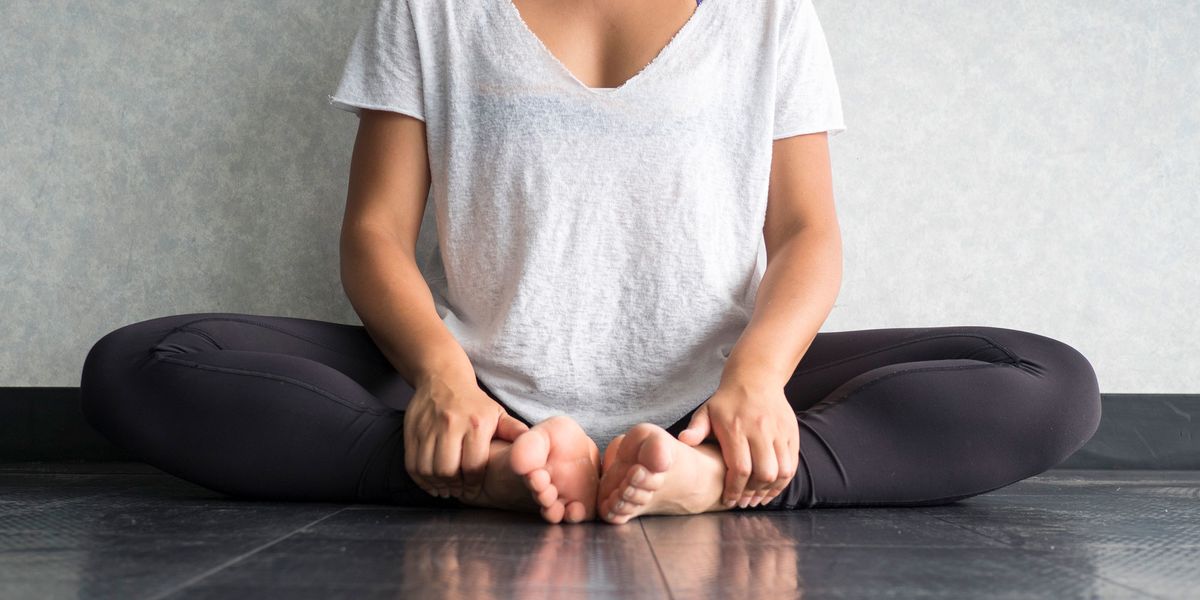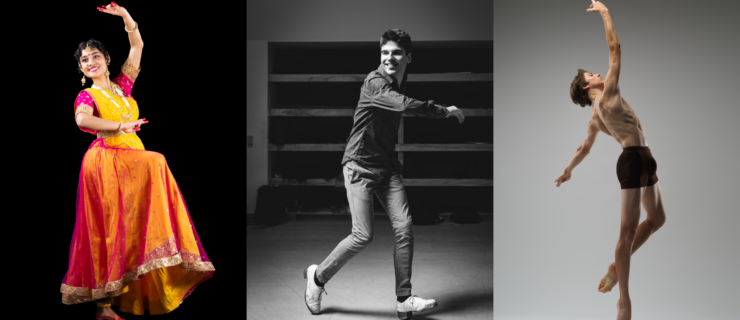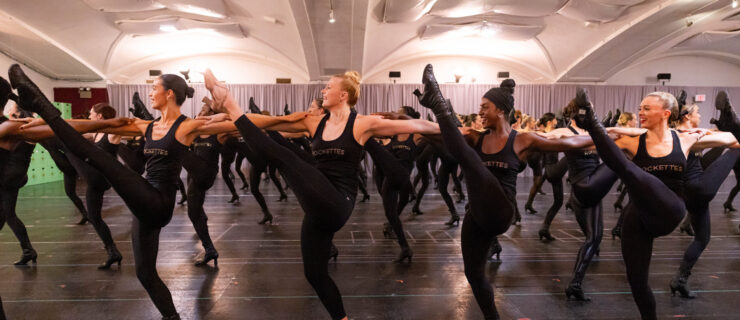Picture This: How Visualization Can Up Your Dance Game
You’re standing onstage at the opening of the Jennifer Lopez–Shakira Super Bowl halftime show, holding your opening pose, waiting for the music to start. You can see a smudge of dirt on your white sneakers. It’s dark, but you know that intense colored lights are about to hit your face. Nervous sweat begins to form on the back of your neck.
Actually, no: You’re standing in your living room, about to perform the J.Lo-inspired piece your instructor is teaching over Zoom. But that kind of visualization—imagining that you’re in a high-stakes performance scenario, and focusing on super-fine details—can help take your dancing to the next level. In fact, visualization is a great skill to work while social distancing: It requires no space, no special equipment, and it’ll be a great tool to have in your toolbox once you’re back on an IRL stage. Here’s more on why and how to do it.
Why Visualization Is Effective
There’s good science to back up the power of visualization. Dr. Nadine Kaslow, a dance psychologist, explains that when you imagine a dance scenario, your brain engages in the same way it does when you’re are actually moving. Seeing images over and over in your mind allows connections to solidify, reinforcing your ability to recall of a series of steps, for example.
Focusing on details is especially important. When people visualize, their brains often make “aha”-moment connections that can lead to real physical results, Kaslow says—but not if their imagined scenario is too vague. “That’s why it’s really important, when you do visualize it, for it to be as specific as can be,” she says.
Dancer and instructor James Marino uses visualization frequently, and underscores the importance of specificity. He finds visualization most effective when he gets into tiny details that might seem unrelated to dance—what he’s wearing, how he’s feeling, what the hype is like. His compares his visualization exercises to dreams he has total control over.
How It Can Benefit Your Dancing
So, how do dancers use visualization? Marino often pictures himself doing a routine at a level above what he physically did the previous time—the level to which he wants to rise. “It makes it so real for me,” he says. “Then when I open my eyes, I try to replicate what I imagined.” Occasionally he incorporates this kind of visualization exercise into the classes he teaches, too. He’s noticed that once his students “get” visualization, they immediately display a different sense of power and hunger.
Visualization has helped L.A.-based professional dancer Kelly Sweeney not only with her dancing, but also with her choreography. “Sometimes when choreographing, I get stuck and don’t know what moves would look or feel good to go next. That’s where visualization comes in. I take a moment to listen to the music and imagine what could go next, and then I try it,” she says. This helps her tweak her textures and think about hitting musical cues in different ways.
How to Do It
There are many ways to incorporate visualization into your daily dance routine. Here are some best-practice tips from Kaslow, Marino, and Sweeney:
-
Find a quiet space
that allows you to fully concentrate.
-
Close your eyes—or don’t
. If doing so helps you to focus, great. But if you’d rather gaze into the distance and imagine you’re looking out into a crowded audience or watching yourself go across the floor, that’s fine.
-
See yourself
. What shirt do you have on? What does your hair look like? Are you wearing perfume? Are you feeling nervous?
-
See the environment
. Are you under bright stage lights, or fluorescent studio lights? Is there a large audience, or are you alone with the mirror?
-
Set your intention
. What, specifically, are you trying to improve? The more granular your focus, the more likely you are to see improvement. Think: This time, I’m going to nail that triple pirouette. Or: This time, I’m going to perform with next-level energy.
-
Watch closely
. As you “dance” in your mind, absorb every detail of the performance, making mental notes you’ll be able to refer back to when you’re dancing IRL.




